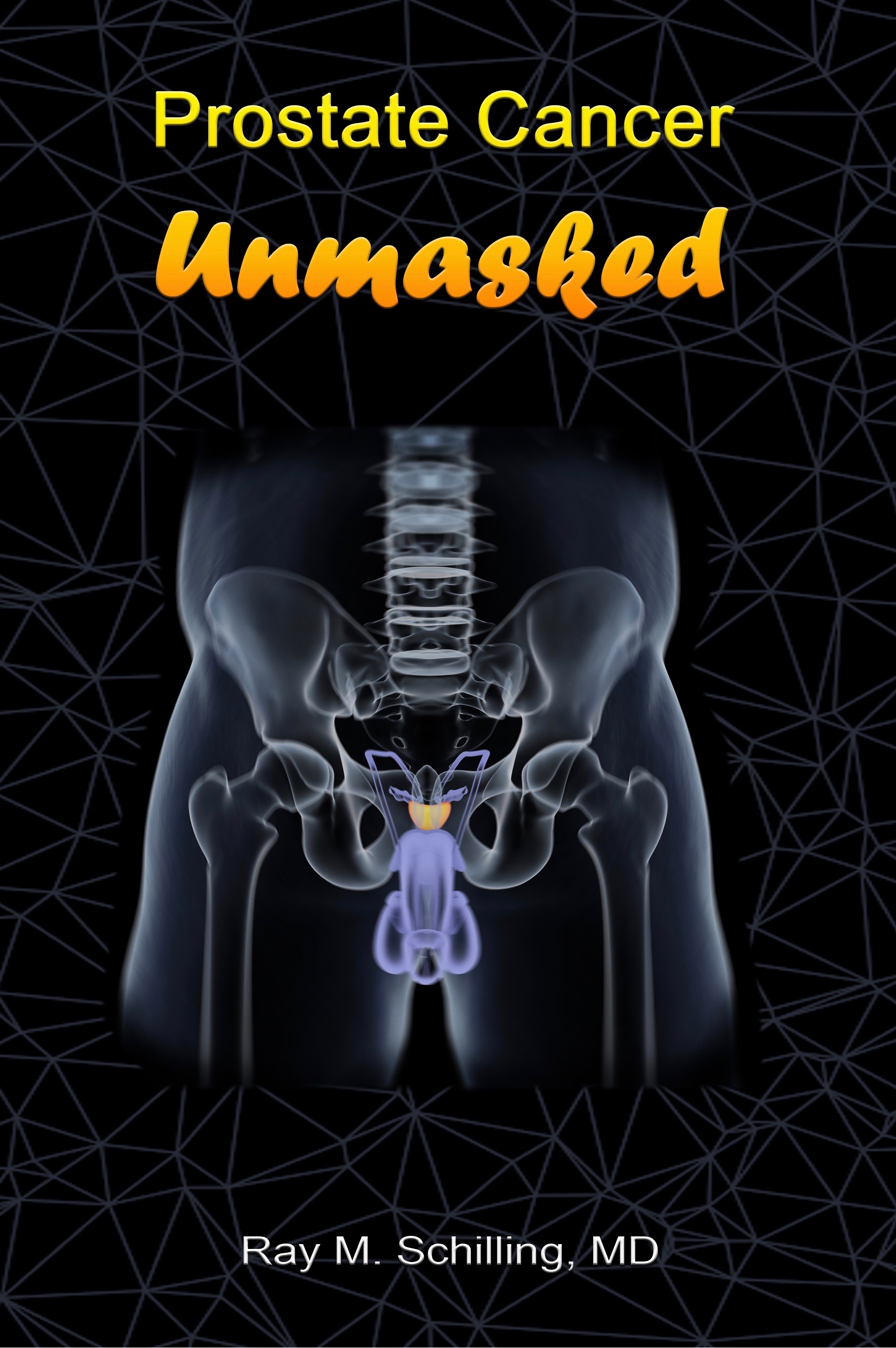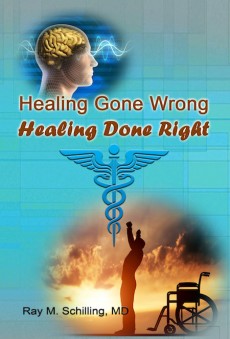Introduction
This article is about the fact that heart failure is linked to low bone density. Indeed, a study in the Journal of the American College of Cardiology analyzed the bone density of more than 13,000 healthy individuals. In addition, the researchers also examined their hearts for the presence of heart failure. Dr. Roman Pfister of the Heart Center of the University of Cologne, Germany used broadband ultrasound attenuation (BUA) to measure bone density. There was a 23% drop regarding heart failure risk for every one-standard-deviation of rise in BUA.
Other factors did not change that there is an association between heart failure and low bone density
In this case, this relationship did not change, even when researchers adjusted adjustments the data to incorporate other factors. Notably, these factors were age, smoking, diabetes, alcohol consumption, sex, physical activity, blood pressure and body mass index. With this in mind, Dr. Pfister explained that anybody with a lowered bone density or with osteoporosis warrants a cardiac assessment. The reason for this is the strong linkage between low bone density and heart failure.
Bone density screening and screening for heart failure recommended
It is important to realize that in the US, particularly in the elderly population osteoporosis or low bone density is present in about 52 million people. The researchers strongly recommended that all women screen above the age of 65. However, younger women with a higher risk for osteoporosis or low bone density should also be screened with BUA.
Vitamin K2 important for bone synthesis
Truly, vitamin K2 is instrumental in decreasing osteoporosis by promoting the formation of strong bones. To put it differently, this helps to incorporate calcium and other minerals into bone. A Japanese study in 2000 found that when patients with osteoporosis were supplemented with vitamin K2 they had 52% less vertebral fractures compared to a control group who did not get this supplement. In a 2004 Dutch study a lack of vitamin K2 was associated with a higher incidence of coronary heart disease, calcification of coronary arteries and higher overall mortality.
Truly, all these facts explain that it makes sense to supplement with 100 to 200 micrograms of vitamin K2 per day. Keep your bones and your heart healthy.
More information
- Congestive heart failure: https://nethealthbook.com/cardiovascular-disease/heart-disease/congestive-heart-failure/
- Osteoporosis: https://nethealthbook.com/osteoporosis/
Reference: J Am. Coll. Cardiol. 2014 Jul 2







